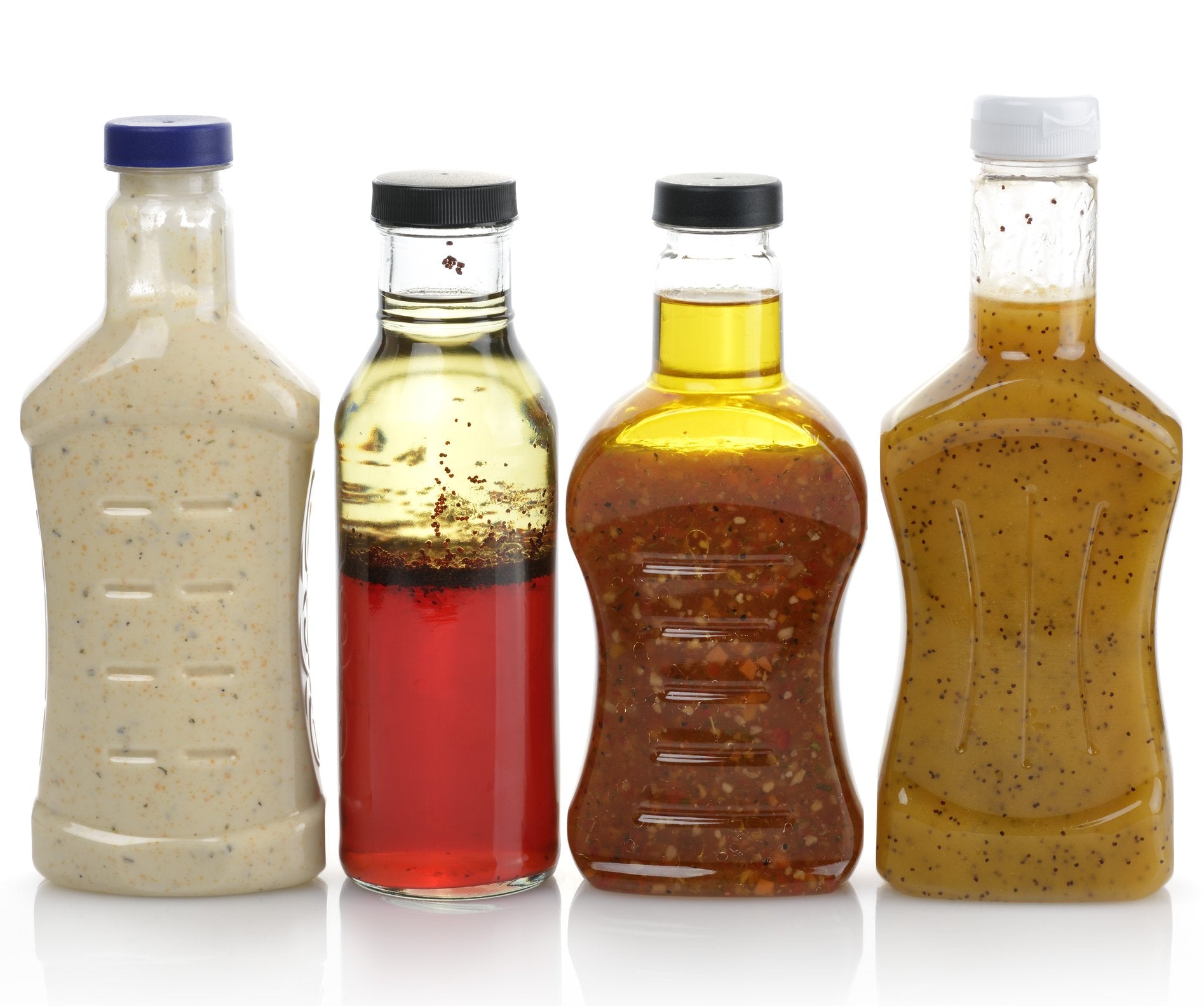Emulsifiers: Key Active Ingredients for Achieving Flawlessly Blended Solutions
Emulsifiers play a necessary duty in developing stable blends of immiscible liquids, such as oil and water. Their special residential properties enable them to reduce surface area stress, which is important for harmony in different solutions. Understanding the differences in between natural and artificial emulsifiers can influence product high quality substantially. As markets significantly seek to enhance structure and shelf life, the choice procedure for the appropriate emulsifier comes to be paramount. What elements should be taken into consideration in this important option?
Comprehending Emulsifiers: What They Are and How They Work
Emulsifiers might appear like a straightforward enhancement to formulas, they play a crucial duty in maintaining blends of active ingredients that usually do not mix well, such as oil and water. These compounds operate by minimizing surface stress at the user interface in between immiscible fluids, allowing them to blend even more evenly. Emulsifiers have both hydrophilic (water-attracting) and lipophilic (oil-attracting) homes, which enable them to anchor themselves at the boundary of both stages. By doing so, they develop a safety barrier that avoids the droplets of one liquid from integrating right into larger masses, thus maintaining a stable solution. The performance of an emulsifier depends upon its molecular structure, which influences its ability to stabilize mixtures. In different applications, from food to cosmetics, emulsifiers guarantee a consistent appearance and appearance, boosting both performance and consumer allure. Their relevance can not be overstated in achieving well-blended formulations.
Kinds of Emulsifiers: Synthetic vs. natural
Emulsifiers can be generally categorized right into two kinds: artificial and natural, each offering distinctive advantages and applications. All-natural emulsifiers, stemmed from plant or pet resources, consist of casein, gum, and lecithin arabic (emulsifiers). These emulsifiers are usually preferred in clean-label and natural items due to their marginal processing and biocompatibility. Their gentle nature makes them ideal for sensitive formulas, specifically in food and cosmetics

On the other hand, synthetic emulsifiers such as mono- and diglycerides, and polysorbates are produced with chemical procedures. They are commonly used in commercial applications because of their stability and performance in producing solutions. Synthetic emulsifiers commonly exhibit exceptional efficiency in extreme conditions, such as heats or varying pH degrees. The choice between natural and artificial emulsifiers mainly depends on the details formula demands, governing factors to consider, and consumer preferences, influencing their efficient application in different markets.
Features of Emulsifiers in Food and Cosmetic Formulas
The duty of emulsifiers extends beyond mere stabilization; they are fundamental in achieving the desired look, structure, and shelf life of food and cosmetic products. In food formulations, emulsifiers assist blend oil and water, producing uniform and smooth textures vital for sauces, dressings, and dairy products. They reduce surface tension, boosting the stability of emulsions, which protects against splitting up and extends freshness.
In cosmetics, emulsifiers guarantee that components, such as oils and water, mix effortlessly, providing a pleasant feel and improving application. emulsifiers. They add to the product's thickness and spreadability, crucial for lotions, products, and lotions. In addition, emulsifiers can envelop active components, improving their circulation and efficiency in formulations. By managing texture and improving sensory qualities, emulsifiers play a pop over to this site vital duty in meeting customer expectations in both food and cosmetic markets, assuring products are not just appealing however also functionally effective
Choosing the Right Emulsifier for Your Product

In addition, the target application-- whether for food, cosmetics, or pharmaceuticals-- will affect the option. For example, food-grade emulsifiers must adhere to security laws, while cosmetic emulsifiers may call for skin compatibility. Evaluating variables such as HLB (Hydrophilic-Lipophilic Balance) assists in forecasting emulsifier habits over here in details formulations. Inevitably, a complete analysis of both useful requirements and regulative factors to consider is vital to select the most efficient emulsifier, making certain the end product fulfills the wanted quality and security standards.

Tips for Successful Solution Formation and Security
Accomplishing successful solution formation and security needs mindful interest to several important elements. Initially, the choice of emulsifier plays a pivotal duty; it must work with the oil and water stages to assure efficient stablizing. Second, the proportion of oil to water should be well balanced, as an improper proportion can lead to instability. Third, the blending procedure ought to be managed; high shear blending can help accomplish smaller sized droplet sizes, enhancing security.
Temperature level also influences solution security; maintaining suitable temperature levels during formulation protects against early separation. Additionally, incorporating stabilizers such as thickeners can better boost viscosity, decreasing the probability of phase separation. Performing thorough security examinations after solution will certainly help identify potential issues, allowing for adjustments prior to last manufacturing. By adhering to these why not look here standards, formulators can achieve trustworthy and regular solutions that preserve their preferred properties over time.
Regularly Asked Questions
Can Emulsifiers Be Used in Vegan Formulations?
Yes, emulsifiers can be used in vegan solutions. Several plant-based emulsifiers, such as lecithin from soy or sunflower, give reliable mixing without animal-derived components, making them suitable for a range of vegan products.
What Prevail Allergens in Emulsifiers?
Usual irritants in emulsifiers include soy, dairy products, and eggs, as certain emulsifiers are stemmed from these resources. Furthermore, some people may react to preservatives or ingredients used together with emulsifiers in different formulations.

Just How Do Emulsifiers Influence Shelf Life of Products?
Emulsifiers enhance product security by preventing separation of ingredients, thereby extending rack life. They reduce wasting triggered by microbial development and oxidation, leading to prolonged freshness and boosted quality in different food and cosmetic formulations.
Exist Any Kind Of Wellness Issues Related To Emulsifiers?
Study indicates prospective wellness issues connected with emulsifiers, consisting of gut microbiome changes and swelling. While regulatory bodies generally consider them risk-free, continuous studies remain to discover long-term effects on wellness and general health.
Can Emulsifiers Improve Taste or Aroma in Formulations?
Emulsifiers can improve flavor and aroma in formulas by boosting component diffusion and stability. This results in a more uniform item, enabling flavors to fuse successfully, ultimately causing an extra pleasurable sensory experience for consumers.
Emulsifiers might seem like a basic addition to formulations, they play a crucial role in stabilizing blends of ingredients that normally do not mix well, such as oil and water. In food formulations, emulsifiers assist mix oil and water, creating consistent and smooth textures important for sauces, dressings, and dairy items. Food-grade emulsifiers should conform with security laws, while aesthetic emulsifiers might require skin compatibility. Typical allergens in emulsifiers consist of soy, milk, and eggs, as particular emulsifiers are derived from these sources. Emulsifiers can enhance flavor and aroma in formulations by improving active ingredient dispersion and stability.